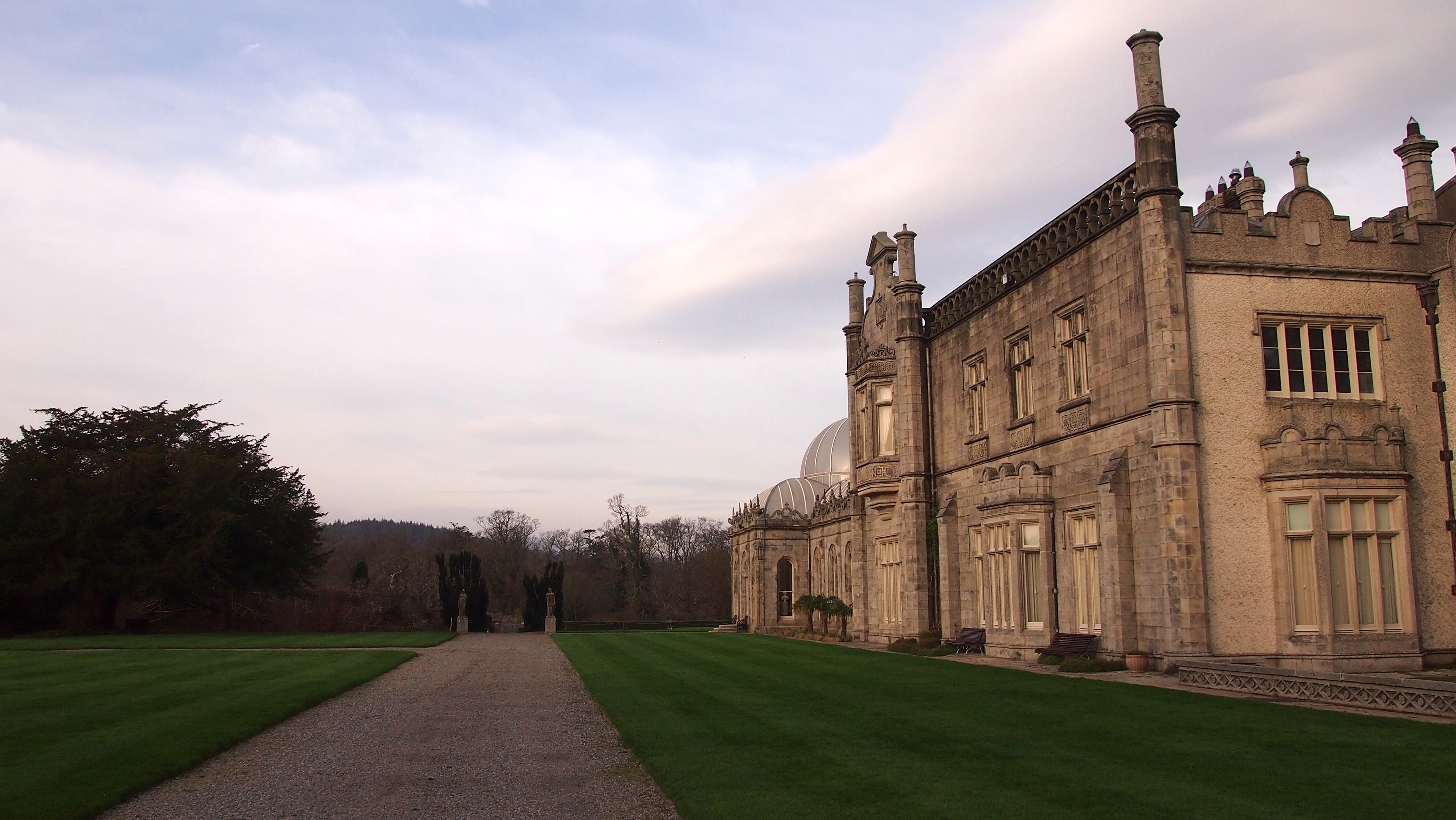

Haunted Histories in the Garden: A Sonic Journey Through Killruddery and the Irish Landscape
By Joseph Young
Sign up for our monthly newsletter!
N estled in the Wicklow Mountains, about 17 miles south of Dublin, Killruddery House & Gardens has been home to the Brabazon family since 1618. The family first arrived in Ireland from Leicestershire, England, in the 16th century, and their ancestral connection to the estate has continued for over 400 years.
The land was originally part of a monastic holding, with a summer house where monks are thought to have grown hops and medicinal herbs. Over the centuries, Killruddery evolved into one of Ireland’s grand “Big Houses”—remarkable not only for its survival through the War of Independence and Civil War but also because it remains in the care of descendants of its original owners. The current Earl of Meath, Jack Brabazon, represents the fifteenth generation.
“Drawing inspiration from the speculative concept of “Stone Tape Theory”—the idea that strong emotions or events can imprint themselves onto buildings, gardens, and landscapes—the work reimagines the estate as a site where echoes of the past persist”.
— Joseph Young
Today, Killruddery’s renowned 17th-century gardens are its main public draw. Open from April to October, the gardens retain their original design, resisting the sweeping landscape fashions of later centuries. Visitors can explore ‘The Angles’ garden maze, climb ‘The Rock’ for views of the Little Sugarloaf mountain, walk the Magnolia Elizabeth memorial path, and discover features like the Ornamental Fountain, Beech Hedge Pond, and the twin canals called ‘The Long Ponds’. A hidden ‘Haha’—a recessed landscape barrier—subtly divides public gardens from working agricultural land. The Kitchen Garden continues to yield vegetables, herbs, and eggs, maintaining a sense of the estate’s living history.
It was across these storied grounds that I created The Ancestors, a geo-locative sound trail hosted on the Echoes app. The immersive installation invites visitors to listen to the estate’s history through an imaginative interplay of sound and place. Drawing inspiration from the speculative concept of “Stone Tape Theory”—the idea that strong emotions or events can imprint themselves onto buildings, gardens, and landscapes—the work reimagines the estate as a site where echoes of the past persist.
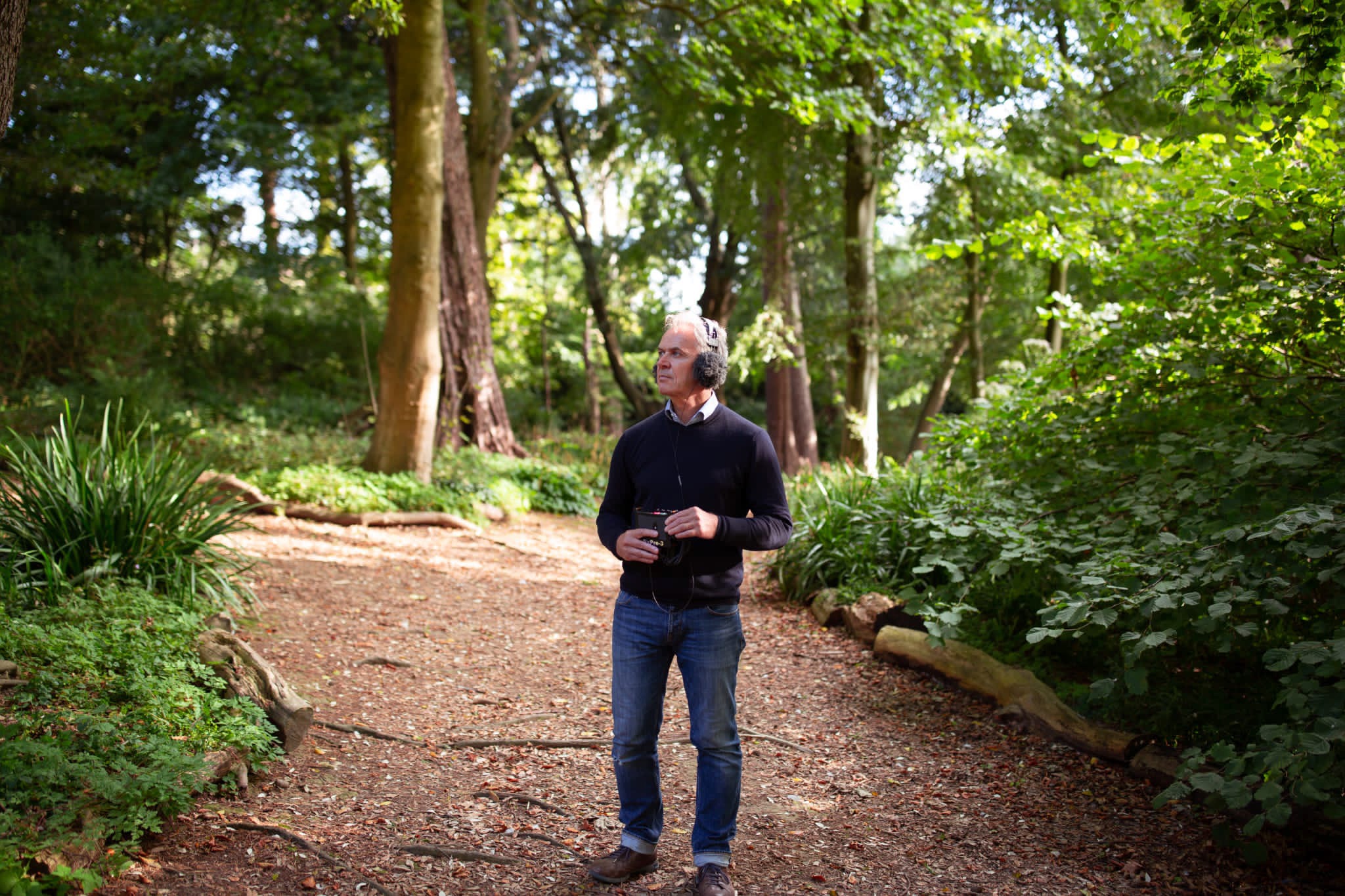
The Big House is always there
Using binaural recording techniques to craft lifelike 3D soundscapes, I embedded ghostly presences and overheard conversations into the landscape. As visitors move through the gardens, their smartphones act as divining tools, revealing moments from the archives as if they were unfolding in real-time—experiences accompanied by the natural soundscape of birdsong, rustling leaves, and the scent of the blooming gardens.
Walk This Place

Time Slips
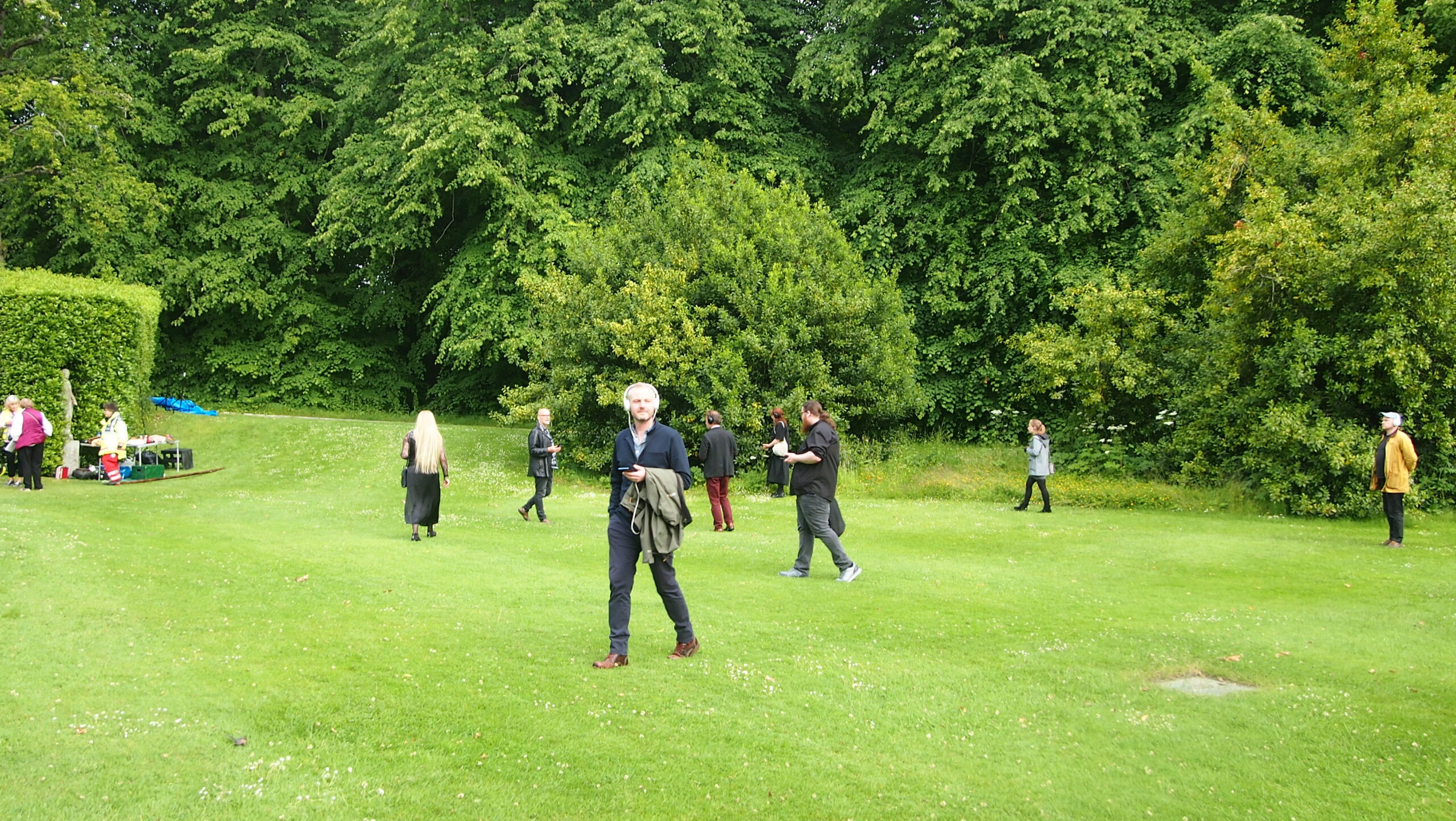

The Ancestors will reopen to the public later this summer. A special map publication, Mapping the Ancestors, created in partnership with Mermaid Arts Centre, is available to guide listeners through the trail. In December 2024, I also released a companion vinyl album, Sonic Hauntings in a Big House, on the Irish label Farpoint Recordings. The album features field recordings from the estate, excerpts from interviews with the Brabazon family, and ambient compositions that evoke the haunted textures of time held in place.
Dr Joseph Young is a UK-based artist creating soundwalks, performances, and site-specific projects. He is a specialist in the binaural field recording technique and a self-confessed Sonic Hauntologist. Read more about his work at artofnoises.com and https://bit.ly/4ickCjx.
Killruddery website (for information on The Ancestors later in the year): killruddery.com. Sonic Hauntings in A Big House: https://bit.ly/3GbaudS.
References
Costello, V. (2010) ‘Were the gardens at Killruddery designed by a pupil of André Le Nôtre?’, Irish Architectural & Decorative Studies, Volume XIII, pp. 150–155.
Knight of Glin and Cornforth, J. (1977) ‘Killruddery, Co Wicklow I + II’, Country Life, p. p.78-81 & 146-9.
Lethbridge, T.C. (1961) Ghost and Ghoul. Routledge and K. Paul.
Young, J. (2023) Killruddery: Listening to the Archive. Sonic hauntings in a Big House. SMARTlab University College Dublin.
The Ancestors by Joseph Young: https://bit.ly/3YyXlRZ
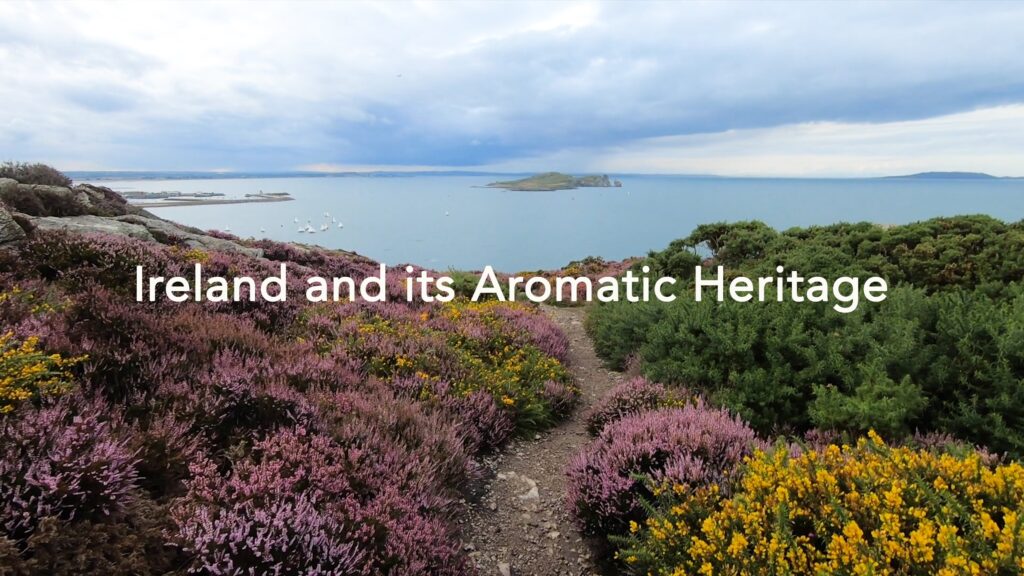
As Ireland transitions from the rich, smoky scent of peat-burning to a more sustainable future, its olfactory heritage is evolving. What will become the next iconic aromatic symbol of Ireland?
Click to watch the documentary trailer.
Plantings
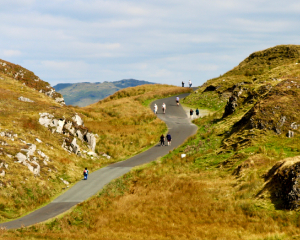
Protecting Ireland’s Blanket Bogs
By Dr Margaret Flaherty and Dr Gary Goggins
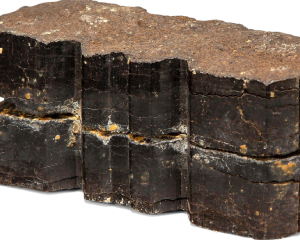
Joseph Beuys and the Bogs of Ireland
By Gayil Nalls
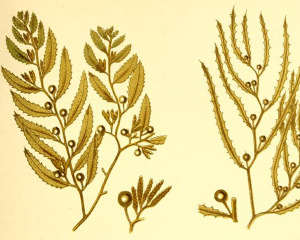
The Women Who Found Liberation in Seaweed
By Cara Giamo
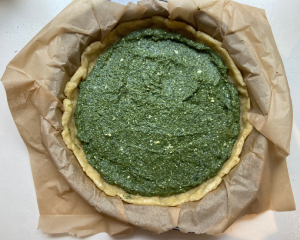
Eat More Plants Recipes:
Savory Spinach Pie
By Caterina Gandolfi



